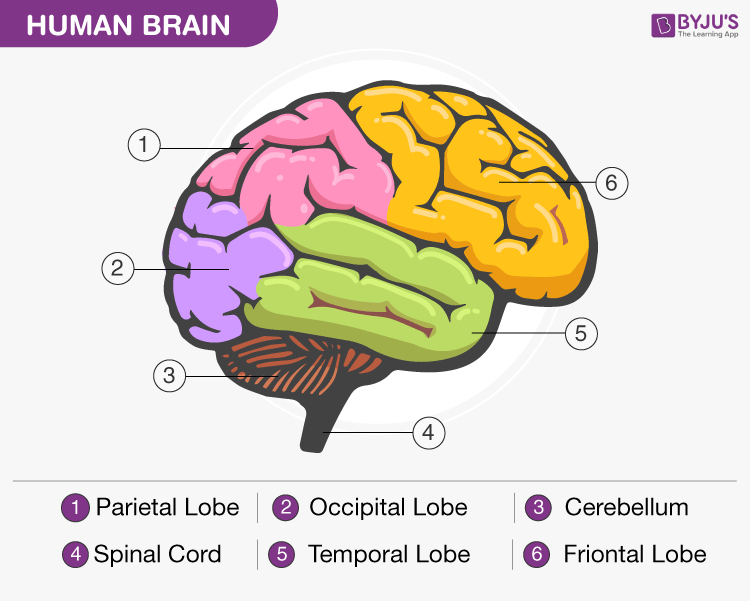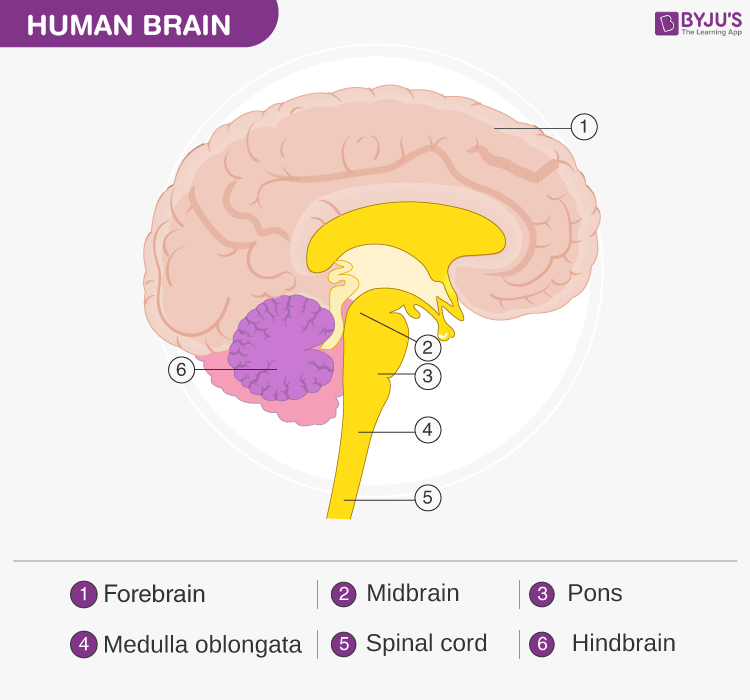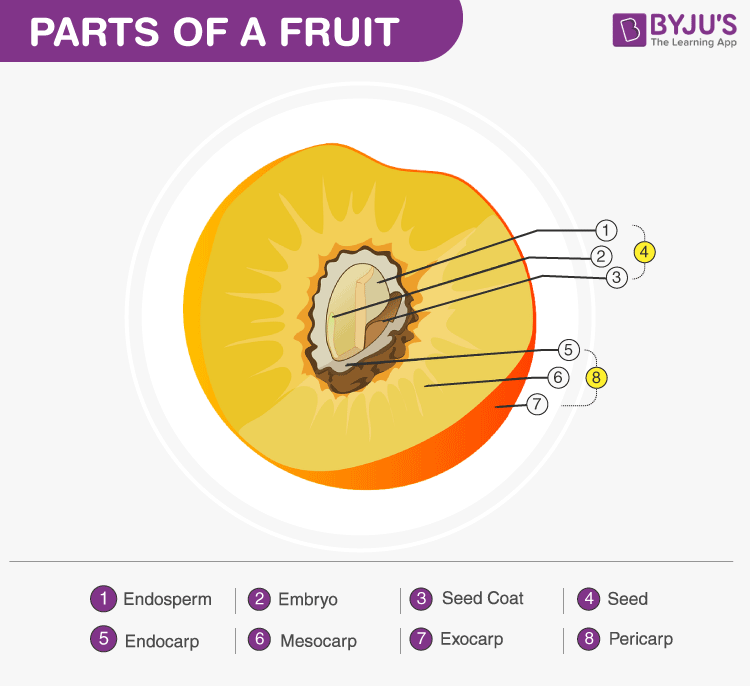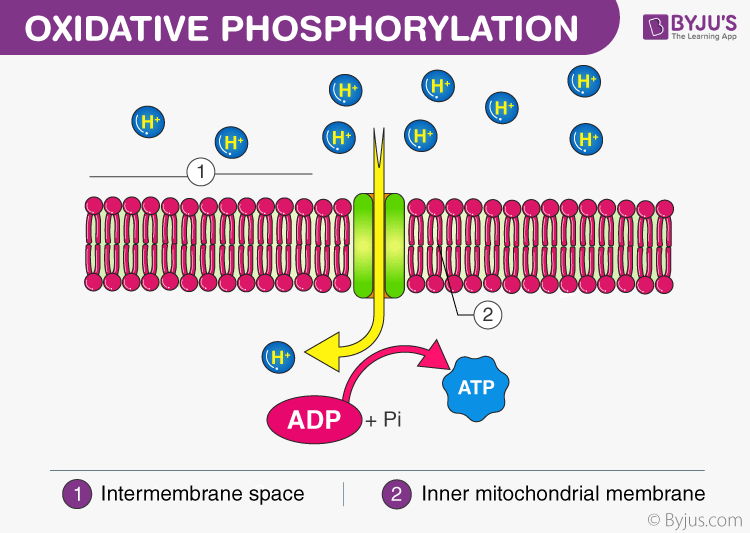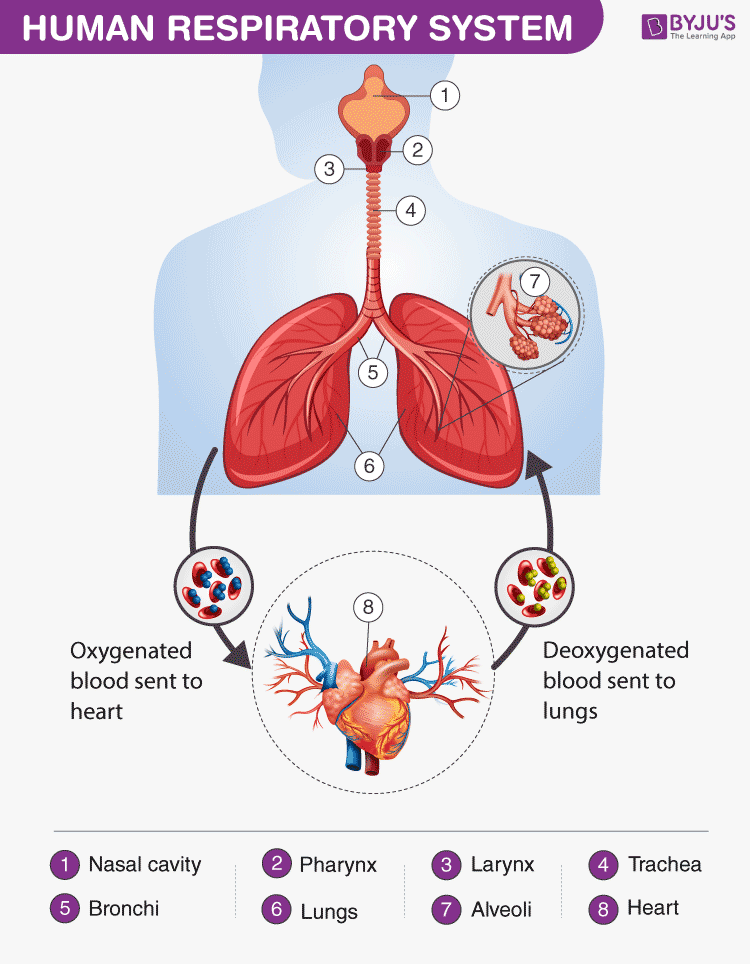What are the Sense Organs?
Sense organs are specialized organs that help to perceive the world around us. They are an integral part of our lives and it is the only way that enables us to perceive the environment.
Sense organs provide the required data for interpretation through various organs and a network of nerves in response to a particular physical phenomenon. These senses govern our association and our interaction with the environment.
We have five sense organs, namely:
- Eyes
- Ears
- Nose
- Tongue
- Skin
These five sense organs contain receptors that relay information through the sensory neurons to the appropriate places within the nervous system The receptors could be classified into two parts viz. the general and special receptors. The former is present throughout the body while the latter includes chemoreceptors, photoreceptors and mechanoreceptors.
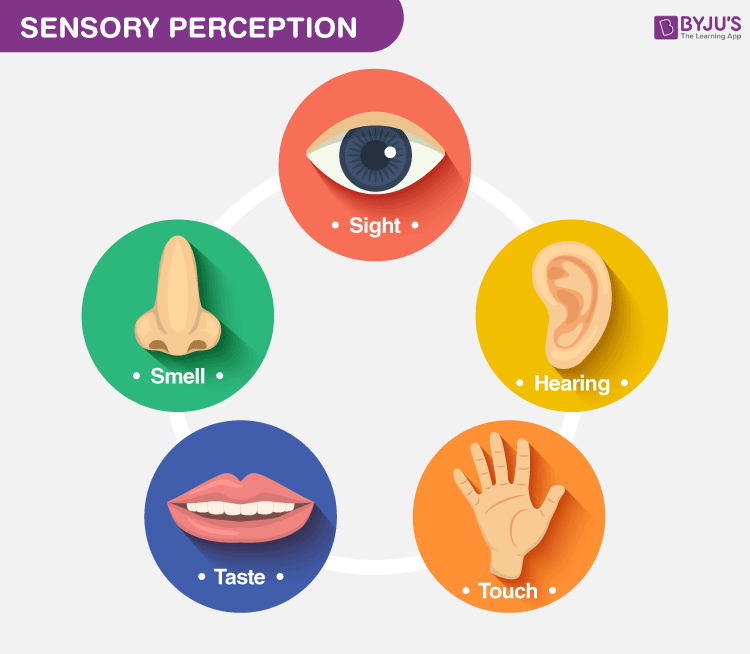
Five Sense Organs
As stated before, we have five sense organs that can receive and relay sensory information to the brain. These senses provide an organism with information crucial for perception. The different sense organs and the senses they provide are mentioned below:
Eyes – Sight or Ophthalmoception
These are the visual sensory organs in our body. These are sensitive to light images. The eyes vary in colour depending upon the amount of melanin present in our body. It helps in the sense of sight by detecting and focussing on the light images.
The iris in the eye is the coloured part that controls the size and diameter of the pupil, which directly affects the amount of light entering the eyes. Behind the lens of the eye lies the vitreous body. It is filled with a gelatinous material called the vitreous humour. This substance gives shape to the eyeball and also transmits light to the very back of the eyeball, where the retina is found.
This retina contains photoreceptors, which detect light. There are two types of cells present that perform functions distinct from each other. These are Rod and Cones.
Rods: These sensors function in low light and are found at the edges of the retina. They also aid in peripheral vision.
Cones: These types of retinal cells work best in bright light, detecting fine details and colour. There are three types of cones for detecting three primary colours of light, namely: blue, red and green. Typically, color blindness occurs when any one of these types of cones are not present.
Ears – Hearing or Audioception
Ears are the auditory sense organs of our body. They help us to perceive sounds. Our auditory system detects vibrations in the air and this is how we hear sounds. This is known as hearing or audio caption.
The ears are divided into three sections, namely, the outer ear, the inner ear, and the middle ear. All sounds are basically vibrations, so the outer ear transfers these vibrations into the ear canal, where these vibrations are transformed by the brain into meaningful sound. Apart from hearing, this sense is also important for balancing our body or equilibrium.
Tongue – Taste or Gustaoception
The tongue helps in perceiving various tastes and flavours. The taste buds are present between the papillae on the tongue—these help in sensing different tastes.
The senses of smell and taste tend to work together. If one could not smell something, they could not taste it either. The sense of taste is also known as gustaoception.
Taste buds on the tongue contain chemoreceptors that work similarly to the chemoreceptors in the nasal cavity.
However, the chemoreceptors in the nose would detect any kind of smell, whereas there are four different types of taste buds and each one can detect different types of tastes like sweetness, sourness, bitterness and saltiness.
Nose – Smell or Olfalcoception
The nose is an olfactory organ. Our olfactory system helps us to perceive different smells. This sense of organ also aids our sense of taste. The sense of smell is also known as olfaction.
The olfactory cells tend to line the top of the nasal cavity. On one end, olfactory cells have cilia that project into the nasal cavity and on the other end of the cell, are the olfactory nerve fibres.
As one breathes in, the air enters into the nasal cavity. The olfactory cells are chemoreceptors, which means that the olfactory cells have protein receptors that can detect subtle differences in chemicals. These chemicals bind to the cilia, which conducts a nerve impulse that is carried to the brain. The brain then translates these impulses into a meaningful smell. During a cold, the body produces mucus which blocks the sense of smell; this is the reason why the food which we eat tastes bland.
Skin – Touch or Tactioception
Skin is the largest organ of our body. It is related to the sense of touch. The sense of touch is also referred to as tactioception.
The skin contains general receptors which can detect touch, pain, pressure and temperature. They are present throughout the skin. Skin receptors generate an impulse, and when activated, is carried to the spinal cord and then to the brain.
Other Sense Organs
Besides these five sense organs, there are another two that help to orient us with the world. They are:
Vestibular System
The vestibular system acts as a sensory system of the body and is responsible for transmitting information to our brain about the motions, head position and spatial orientation. This system is also involved with motor functions and helps in:
- Maintain our body posture.
- Maintaining our body balance.
- Stabilize our head and body during movement.
- Identifying the orientation and posture of our bodies in relation to the environment.
Thus, the vestibular system is essential for normal movement and equilibrium.
Proprioception system
Proprioception system is described as the conscious or unconscious awareness of joint position. This system helps the body to identify the muscles, joints and limbs located in 3D space and the direction it is moving in relation to the body.
Walking or kicking without looking at our feet, balancing on one leg, touching the nose with eyes closed and the ability to sense the surface on which we are standing upon, are a few examples of proprioception system
